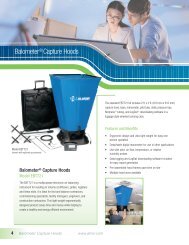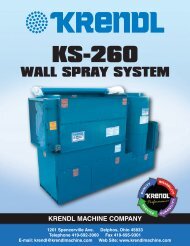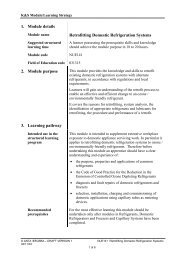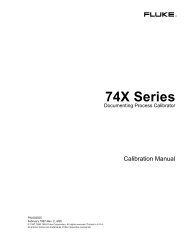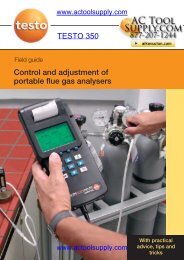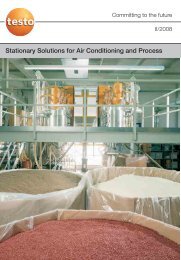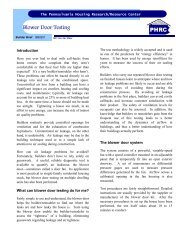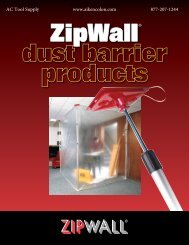Testo 350 Field Guide - Actoolsupply.com
Testo 350 Field Guide - Actoolsupply.com
Testo 350 Field Guide - Actoolsupply.com
You also want an ePaper? Increase the reach of your titles
YUMPU automatically turns print PDFs into web optimized ePapers that Google loves.
www.actoolsupply.<strong>com</strong><br />
3.2 Combustion analysis for process control<br />
3.2.1 Combustion plant for firing processes<br />
A process firing plant, in contrast to the well known boiler plants, is characterized<br />
by a direct contact between the flame and the hot firing gases and a material or<br />
work pieces that shall be treated thermally. The heat as well as the specific atmosphere<br />
to which the material is exposed causes certain steps in their production<br />
process.<br />
Production of cement clinker is a good example for such a firing process (see also<br />
the application examples in chapter 5.3):<br />
• The moist raw material is crushed and dried using hot off gases<br />
The precipitated raw meal is heated up to 800 °C by hot gases in<br />
counter-current<br />
• CO 2 is driven off the raw meal at appr. 950 °C in the calcinator through<br />
a multi-stage firing process (de-acidification)<br />
• The raw meal together with additives is finally sintered in the kiln at appr.<br />
1400 °C.<br />
Combustion analysis at these locations provides critical information with regard to<br />
excess air values, to detect and calculate false air flows and to perform balances<br />
for each step separately. It is critical for the calcinator performance (measurement<br />
of CO 2 and O 2 ) because a deficient level of calcination can cause considerable<br />
malfunctions in kiln operation<br />
During firing processes substances from the treated material may be released into<br />
the "firing" gas and thus increase the emission rate of the flue gas. In some<br />
cases, however, <strong>com</strong>ponents including pollutants may be transferred from the gas<br />
into either the production material or into substances (e.g. slag) especially provided<br />
for this purpose. An example is the cement or lime industry where the sulfur<br />
of the fuel is transferred as SO 2 to the product instead of being released to the<br />
atmosphere. Inversely during glass or brick production SO 2 will escape from the<br />
material and increase the level of emission considerably. Another example is an<br />
increased CO content in processes where material and hot gases are in contact in<br />
counter-current, e.g. in rotating kilns. Heavy metals may be either integrated into<br />
the burnt material (cement, lime) or released from the material into the flue gas<br />
(glass or metal industry).<br />
30<br />
www.actoolsupply.<strong>com</strong>



